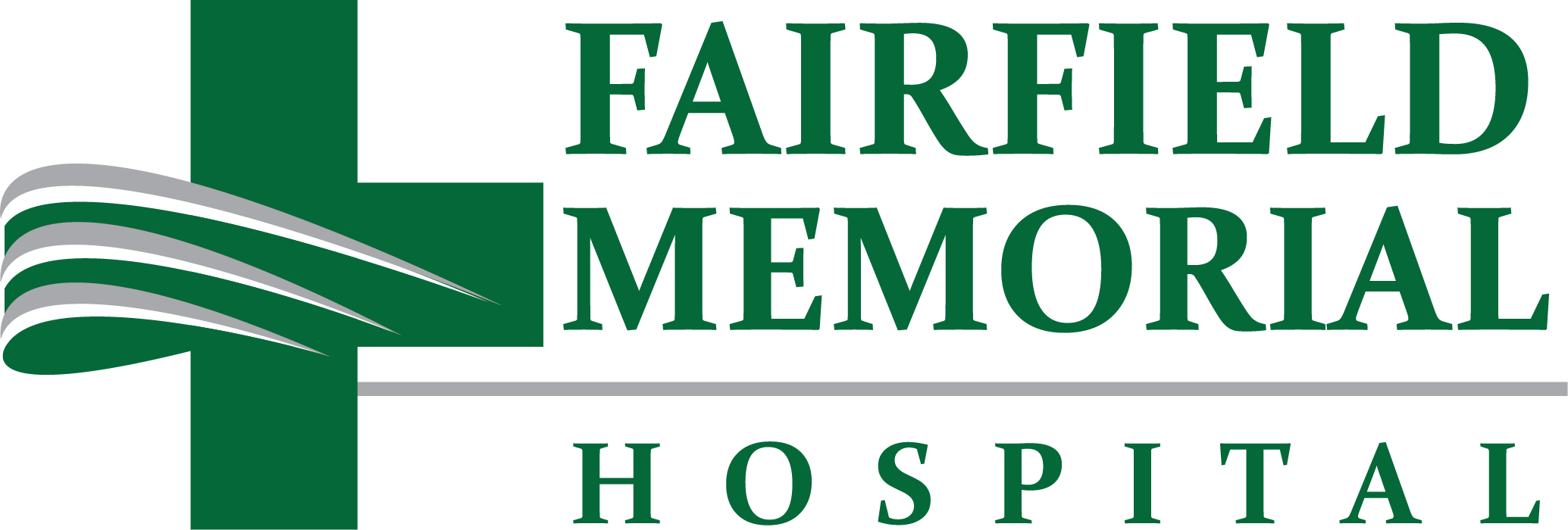CT Scan
CT Fujifilm SCENARIA View 128 Slice CT
- State of the art Technology providing a 80cm opening which exceeds the dimension of similar CT systems.
- Lateral shift table enables easier and more accurate position and more patient comfort
- 550Ibs patient weight capacity
- New application with 3-D volume reconstruction
- More comprehensive diagnosis in less time
- High speed scanning which offers shorter exams times for patients
- Single breath-hold scanning
- Metal Artifact Reduction
CT (also called computed tomography or a CAT scanner) has become one of the most important tools used to diagnose head and spine injuries, lung and liver diseases, cancer, tumors, blood clots, and internal bleeding, and other diseases and illnesses. CT exams are especially useful in the emergency department, where faster diagnosis can be lifesaving for trauma cases like auto accidents.
CT can produce 3-D pictures of anatomical structures like aneurysms, tumors and infections and Physicians can see internally to make a more accurate diagnosis.
During a CT exam, a patient lies on a table and is slowly moved into the large donut-shaped opeing of the scanner. Once inside, a series of X-ray beans create hundreds of cross-sectional pictures that represent slices of the patient’s body. Seconds later, the system’s computer assembles the slices into images that are interpreted by a Radiologist.
CT scanner can acquire more of those anatomical slices, thanks to a new technology called multi-slicing images.
As a result, the Ct’s multi-slice technology is quick enough to captures images of the body’s organs. Multi-slice imaging is also especially useful for examining patients who are unable to hold their breath, like trauma victims, acutely ill patients and young children.

